Why has Russia’s superior air force failed to conquer Ukraine’s skies?
Moscow’s modern combat aircraft yet to secure Kyiv’s airspace
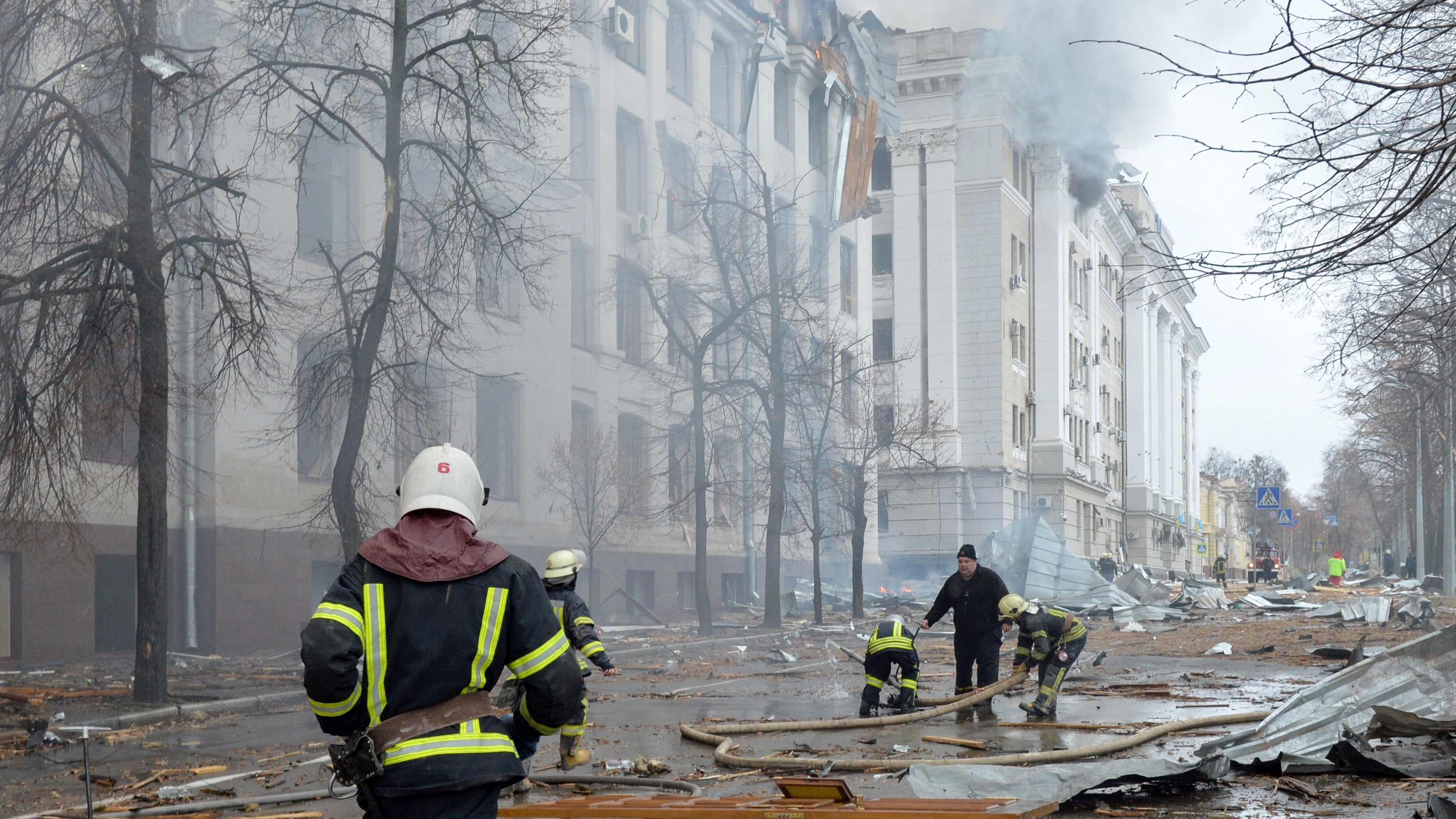
As Russian troops massed on Ukraine’s border, analysts predicted a blistering aerial assault that would pave the way for Moscow’s ground forces to quickly claim key strategic areas of the besieged nation.
But the first week of the invasion has “confounded those expectations and instead seen Moscow act far more delicately with its air power”, Reuters reported. Although “vastly outmatched by Russia’s military”, said the news agency, the Ukrainian air force “is still flying and its air defences are still deemed to be viable” – “a fact that is baffling military experts”.
‘Mysterious case of the missing air force’
The Russian Air Force (VVS) has “roughly 300 modern combat aircraft” stationed across the region that are “poised to attack” the neighbouring eastern European nation, The Telegraph reported.
The Week
Escape your echo chamber. Get the facts behind the news, plus analysis from multiple perspectives.

Sign up for The Week's Free Newsletters
From our morning news briefing to a weekly Good News Newsletter, get the best of The Week delivered directly to your inbox.
From our morning news briefing to a weekly Good News Newsletter, get the best of The Week delivered directly to your inbox.
So the relatively low profile of the Russian air force in the ongoing conflict has many “experts stumped”, Reuters reported. US officials are struggling to “explain what is driving Russia’s apparent risk-averse behaviour”.
Justin Bronk, a researcher in air power at the London-based Royal United Services Institute think tank (RUSI), was also puzzled by what he described as “the mysterious case of the missing Russian air force”.
Following Russia’s “initial stand-off strikes” on Ukrainian targets, Bronk wrote, the “logical and widely anticipated next step, as seen in almost every military conflict since 1938”, would have been for the VVS to “mount large-scale strike operations” to destroy the rival air force.
Instead, Moscow “has launched a military campaign at huge cost with maximalist objectives” while “declining to use the vast majority of its fixed wing combat aircraft”, he continued.
A free daily email with the biggest news stories of the day – and the best features from TheWeek.com
This has allowed the Ukrainians to “continue flying low-level defensive counter-air and ground-attack sorties”, which has “been a major morale-boosting factor that has helped solidify the extraordinary spirit of unified resistance shown across the country”.
‘Complacent planning’
Western perceptions about the potential of aerial assaults “may have been coloured by the unusual circumstances of fighting in Iraq and Afghanistan, where allied air forces met no serious opposition”, said The Telegraph.
It is easy to forget that “air is usually a contested domain just like land”, Andy Netherwood, a former Royal Air Force pilot, told the paper.
And “Russia has been hindered by complacent and arrogant planning in the air domain as much as in the land”, he argued. “The Russian air force has very little recent combat experience other than Syria.
“You don’t really know how good an air force is until it has to fight a war. It is not impressing.”
The lack of Russian air support in the current conflict may also be down to the “limited quantities of air-delivered precision-guided munitions (PGMs) available to most VKS fighter units”, according to the RUSI’s Bronk.
“During combat operations over Syria”, only a limited number of Russian aircraft “regularly made use of PMGs, and even these specialist strike aircraft have regularly resorted to unguided bomb and rocket attacks”, he explained.
“This not only indicates a very limited familiarity with PGMs among most Russian fighter crews,” he said, “but also reinforces the widely accepted theory that the Russian air-delivered PGM stockpile is very limited.”
“Russian aerial surveillance of targets” has also “been patchy throughout the current campaign”, The Telegraph reported. Satellite imagery last week showed that while strikes had hit the Ozerne air base, 62 miles west of Kyiv, none of the strikes were “on the main runway or likely to have degraded the ability of the Ukrainian air force to continue using the site”.
The “army’s slow progress on the ground” may also help explain why “Russia’s air force still does not enjoy total superiority in the skies above Ukraine despite its overwhelming numerical advantage”, said The Moscow Times.
According to the paper, air defences deployed in Kyiv and in other Ukrainian cities “are in good shape”, leaving the VVS with “the hard choice of launching high-altitude attacks and risk carnage among the civilian population, or coming in low at the risk of being shot down”.
Had the Russian army progressed as quickly as was originally planned, these defences would most likely have been destroyed or neutralised by now.
Just the beginning
While the VVS has so far maintained an unusually low profile, the RUSI’s Bronk warned that “it is important to remember” that we are only days into “what could easily turn into a protracted campaign”.
“The fact that there have only been a few confirmed sightings of Russian fixed wing sorties over Ukraine should not obscure the fact that” Russia’s air force is “a potentially highly destructive force” that may “be unleashed against aerial and fixed ground targets at short notice over the coming days”.
The VVS could also be waiting for “political approval” to deploy “unguided munitions to bombard Ukrainian-held urban areas”, he continued. “This indiscriminate form of air attack was standard practice for Russian and Syrian Air Force operations over Aleppo and Homs” in Syria and “is likely” to be used over Ukraine “in the coming days”.
With Western leaders ruling out a Nato-enforced no-fly zone over Ukraine, amid fears of triggering a wider conflict, the fact that “the expected onslaught” has not occurred yet “does not mean that it won't happen, perhaps soon”, The Moscow Times said.
Russia has already ramped up its aerial strikes in recent days, with Ukraine’s besieged cities coming “under more heavy bombardment” after Russian commanders faced “fierce resistance” following “their shelling of urban areas”, The Guardian reported.
The assault “included strikes on the capital Kyiv and rocket attacks in the second city of Kharkiv, resulting in the deaths of dozens of people”, the paper said.
Moscow has also deployed a vacuum bomb to destroy a Ukrainian army base in the northeastern town of Okhtyrka, killing 70 soldiers, according to a post on the Telegram account of Sumy region administrative chief Dmytro Zhyvytskyy.
The use of the bomb, also known as a thermobaric weapon, could “constitute a war crime” if “used in a civilian setting”, according to Politico.
-
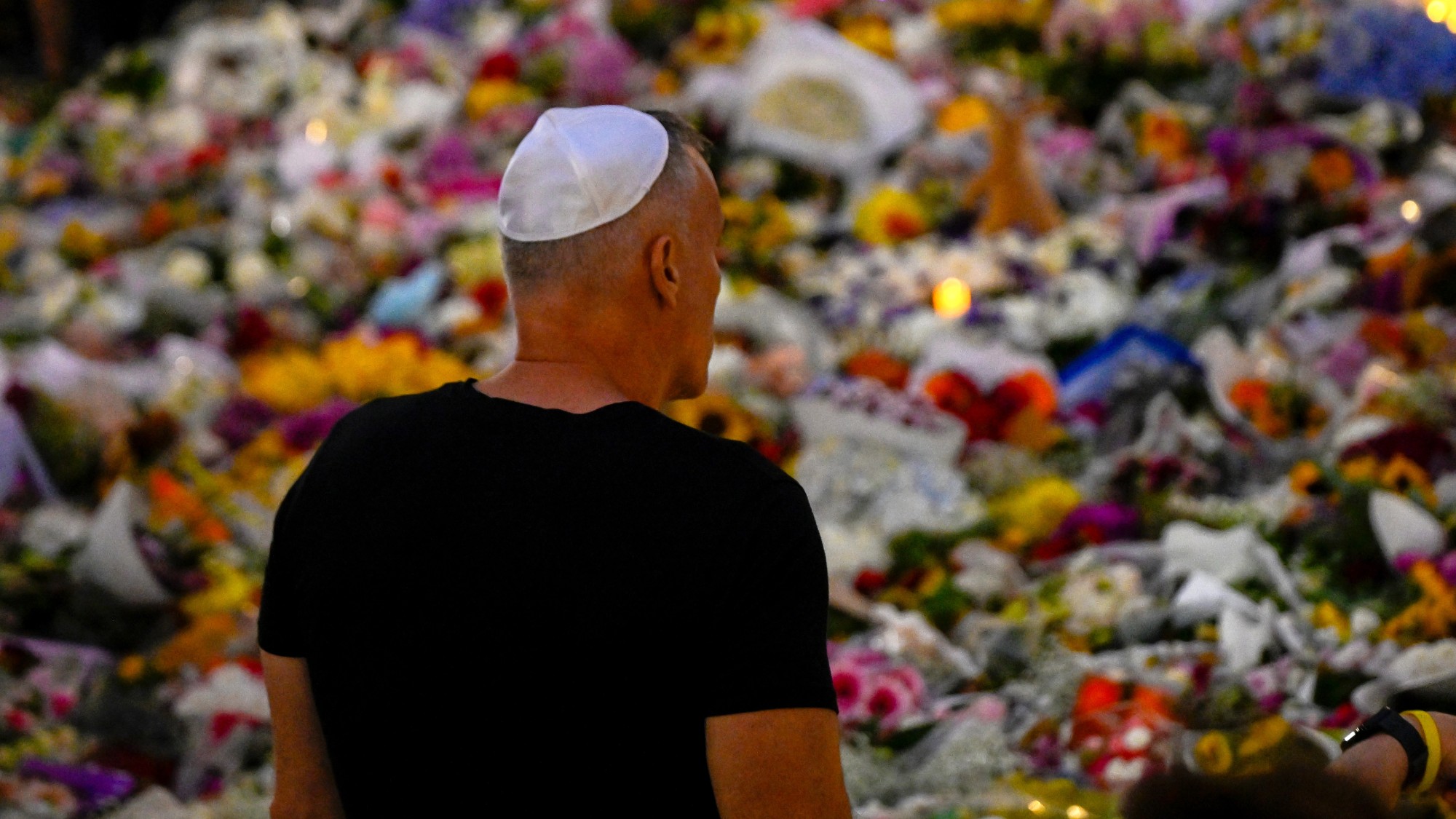 Who is fuelling the flames of antisemitism in Australia?
Who is fuelling the flames of antisemitism in Australia?Today’s Big Question Deadly Bondi Beach attack the result of ‘permissive environment’ where warning signs were ‘too often left unchecked’
-
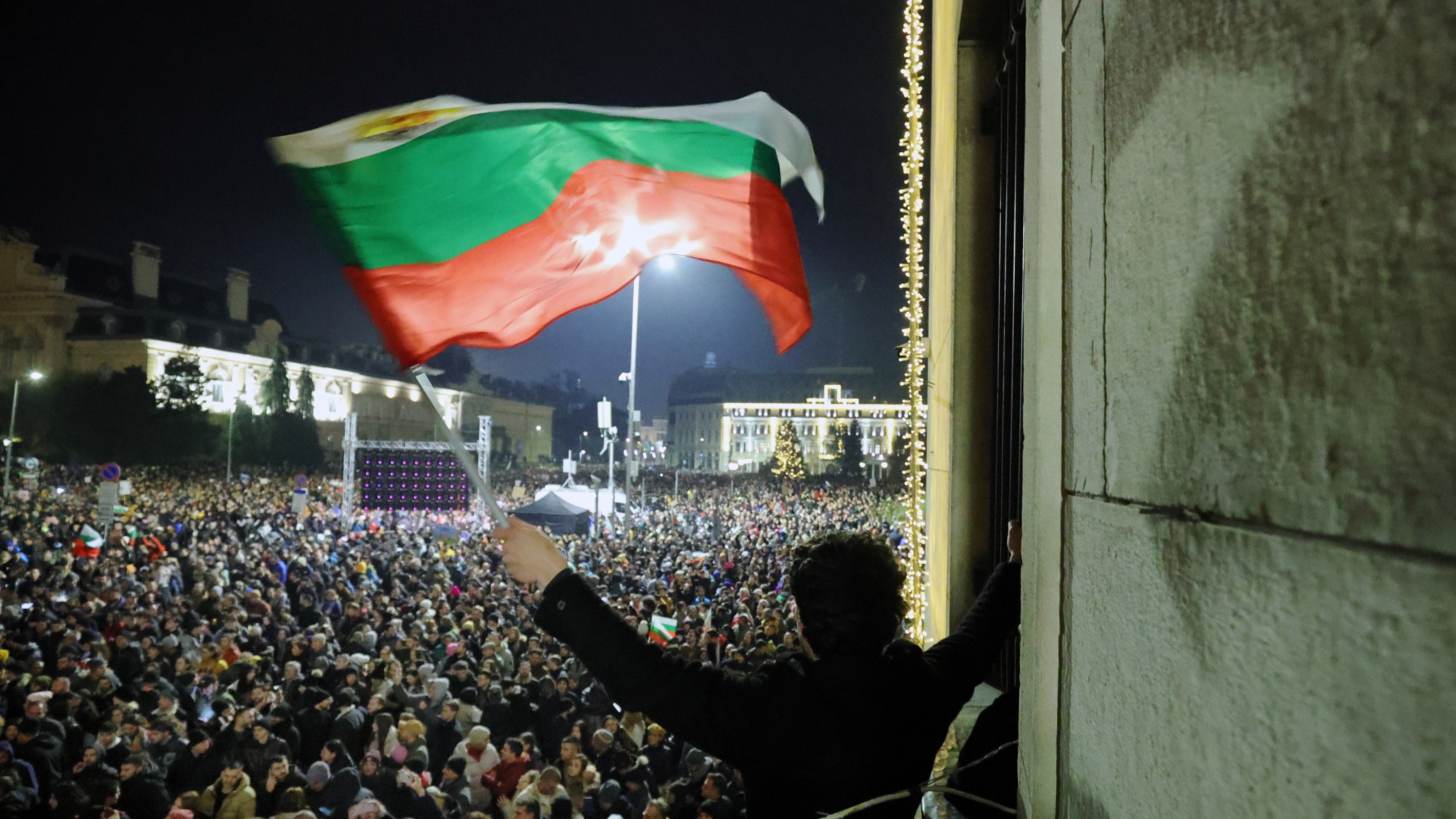 Bulgaria is the latest government to fall amid mass protests
Bulgaria is the latest government to fall amid mass protestsThe Explainer The country’s prime minister resigned as part of the fallout
-
 Sudoku hard: December 15, 2025
Sudoku hard: December 15, 2025The daily hard sudoku puzzle from The Week
-
 Bulgaria is the latest government to fall amid mass protests
Bulgaria is the latest government to fall amid mass protestsThe Explainer The country’s prime minister resigned as part of the fallout
-
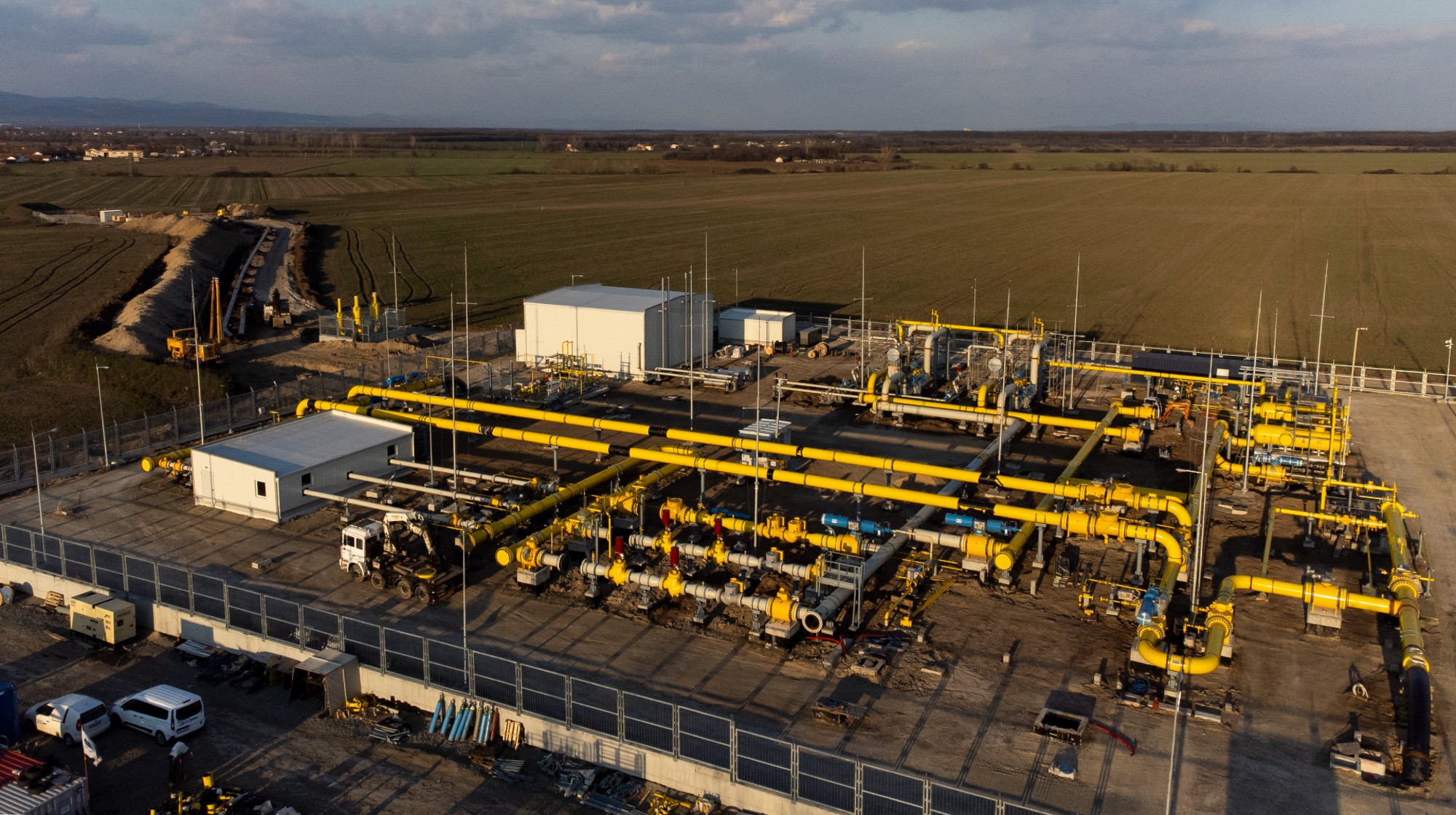 Europe sets 2027 deadline to wean itself from Russian gas
Europe sets 2027 deadline to wean itself from Russian gasIN THE SPOTLIGHT As negotiators attempt to end Russia’s yearslong Ukraine invasion, lawmakers across the EU agree to uncouple gas consumption from Moscow’s petrochemical infrastructure
-
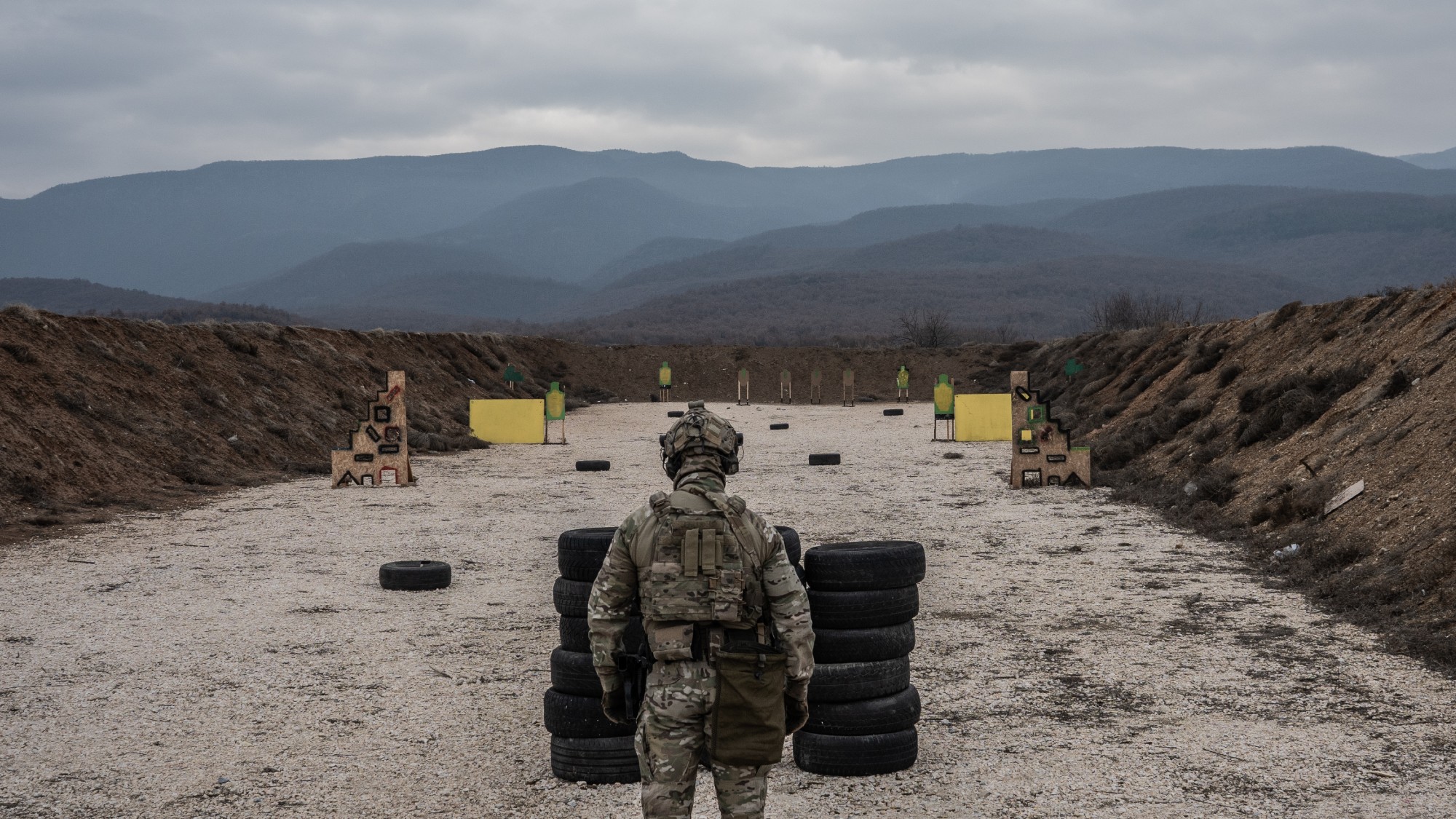 Is Europe finally taking the war to Russia?
Is Europe finally taking the war to Russia?Today's Big Question As Moscow’s drone buzzes and cyberattacks increase, European leaders are taking a more openly aggressive stance
-
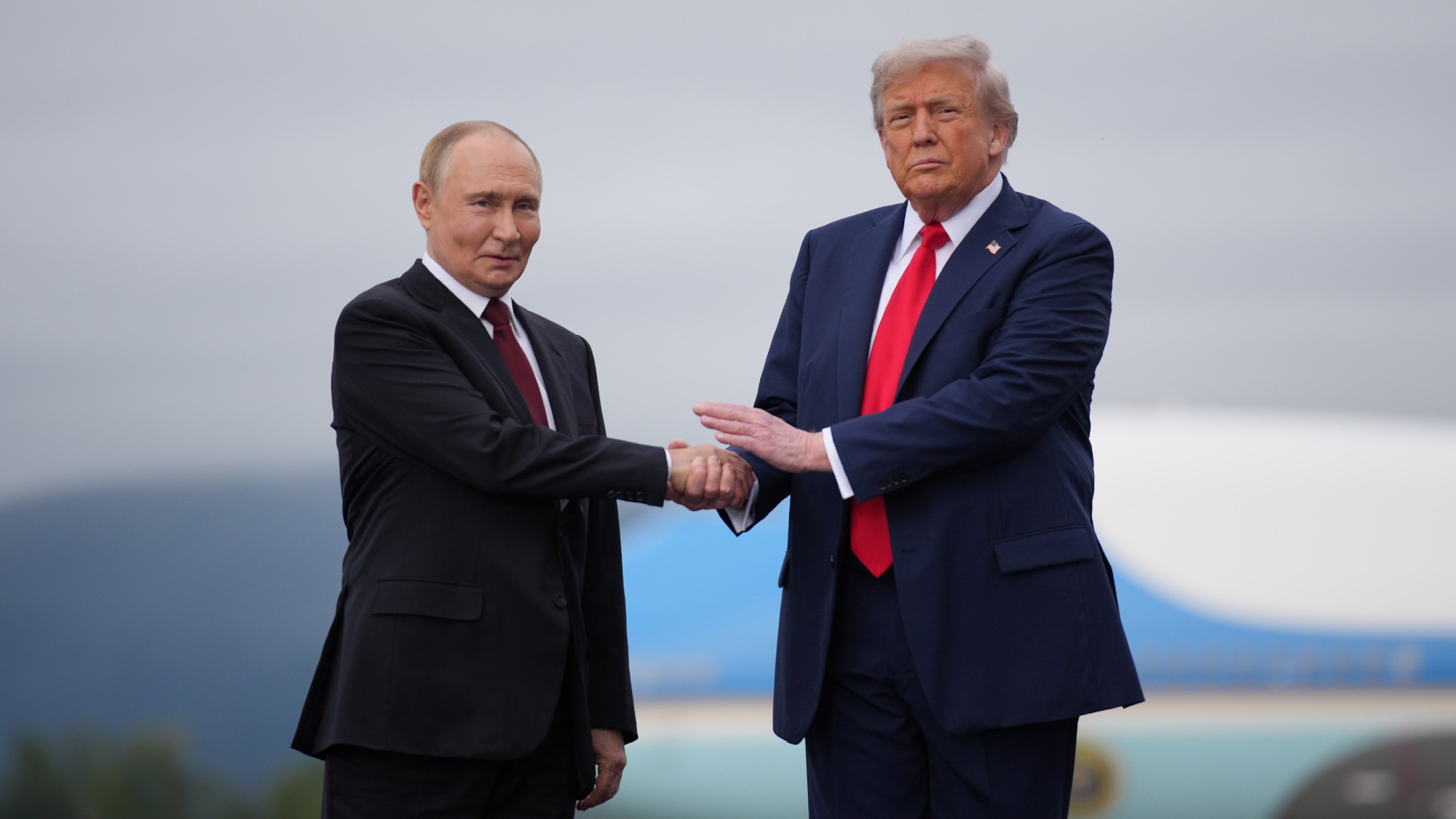 Pushing for peace: is Trump appeasing Moscow?
Pushing for peace: is Trump appeasing Moscow?In Depth European leaders succeeded in bringing themselves in from the cold and softening Moscow’s terms, but Kyiv still faces an unenviable choice
-
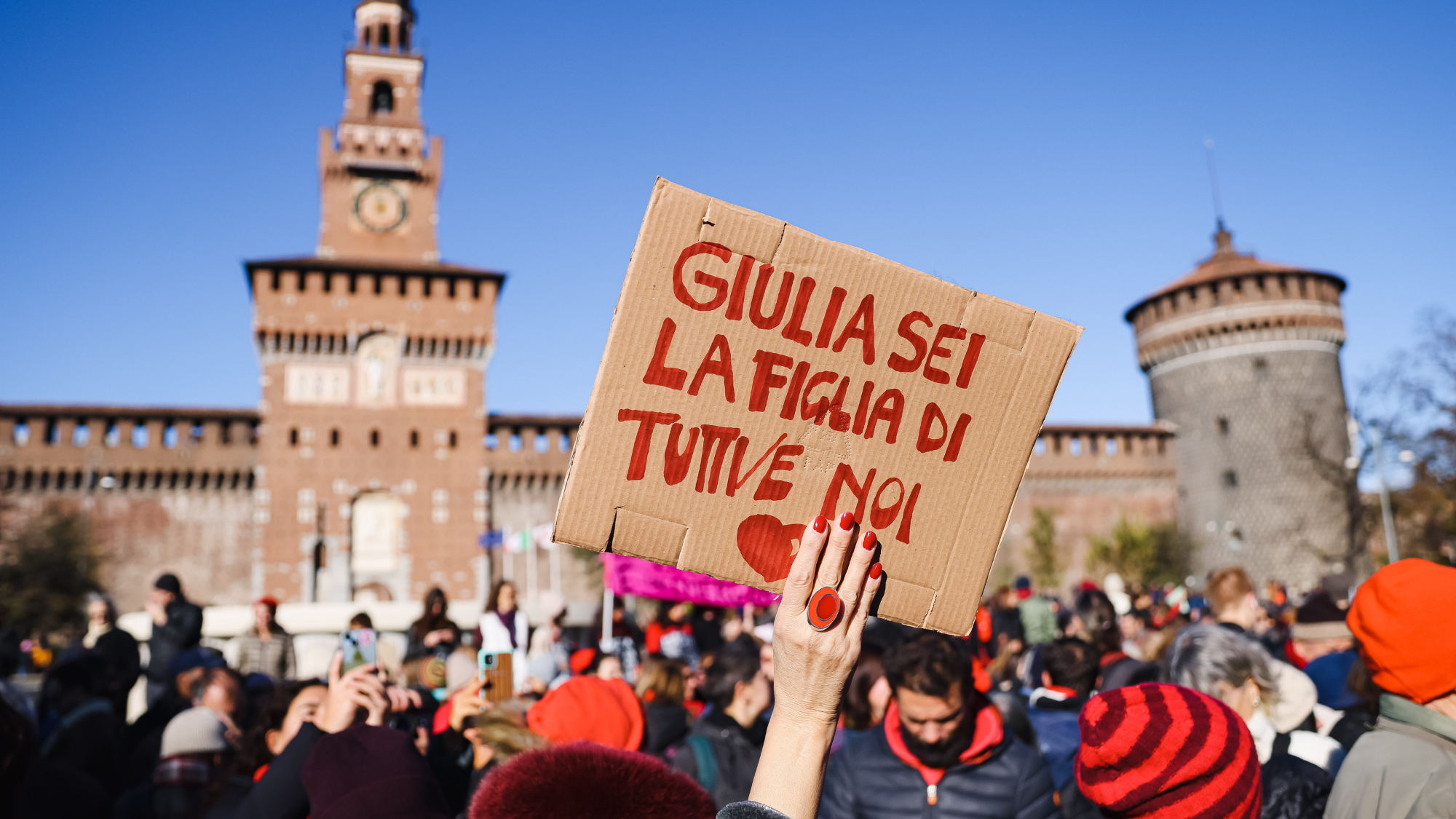 Femicide: Italy’s newest crime
Femicide: Italy’s newest crimeThe Explainer Landmark law to criminalise murder of a woman as an ‘act of hatred’ or ‘subjugation’ but critics say Italy is still deeply patriarchal
-
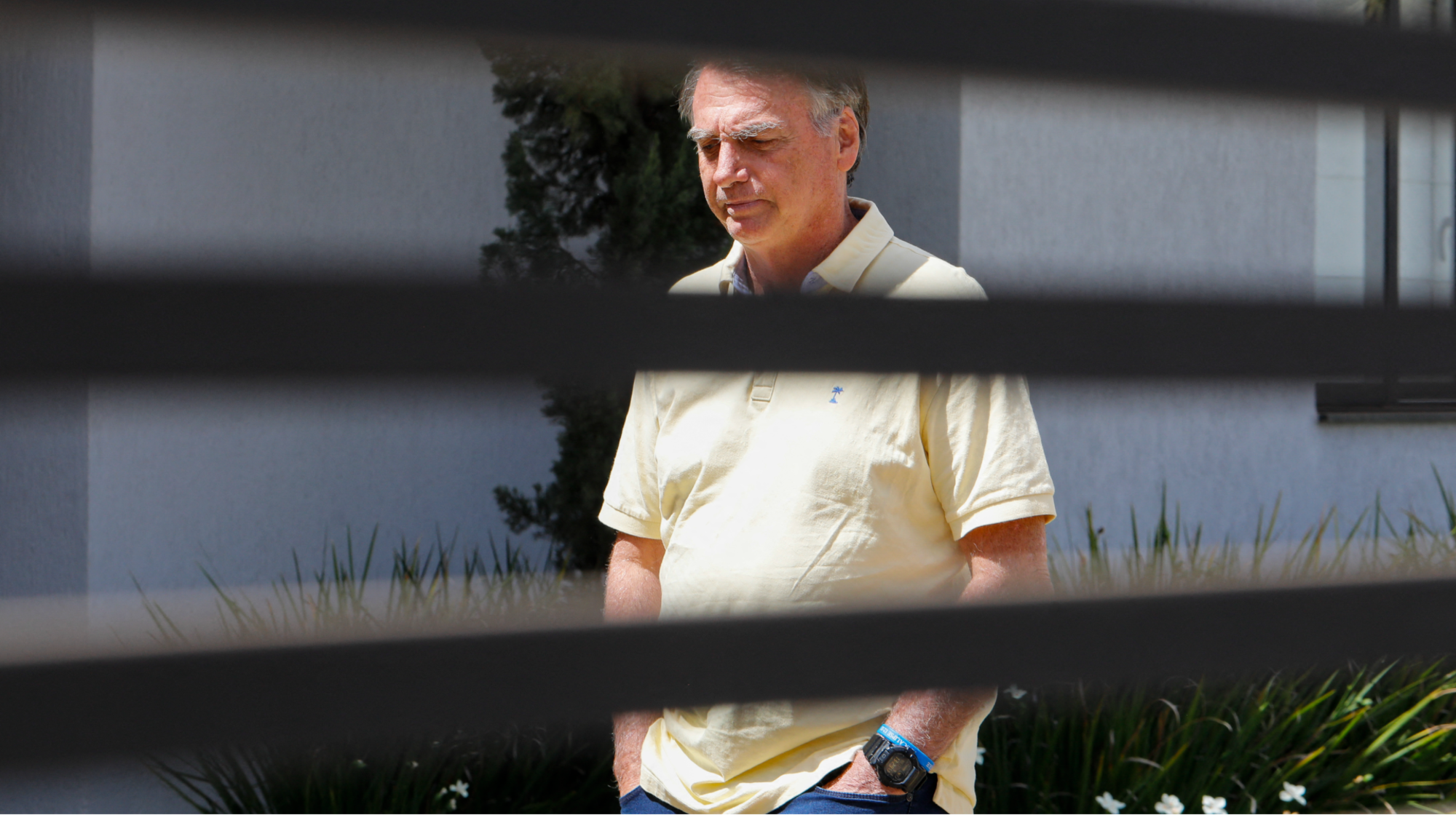 Brazil’s Bolsonaro behind bars after appeals run out
Brazil’s Bolsonaro behind bars after appeals run outSpeed Read He will serve 27 years in prison
-
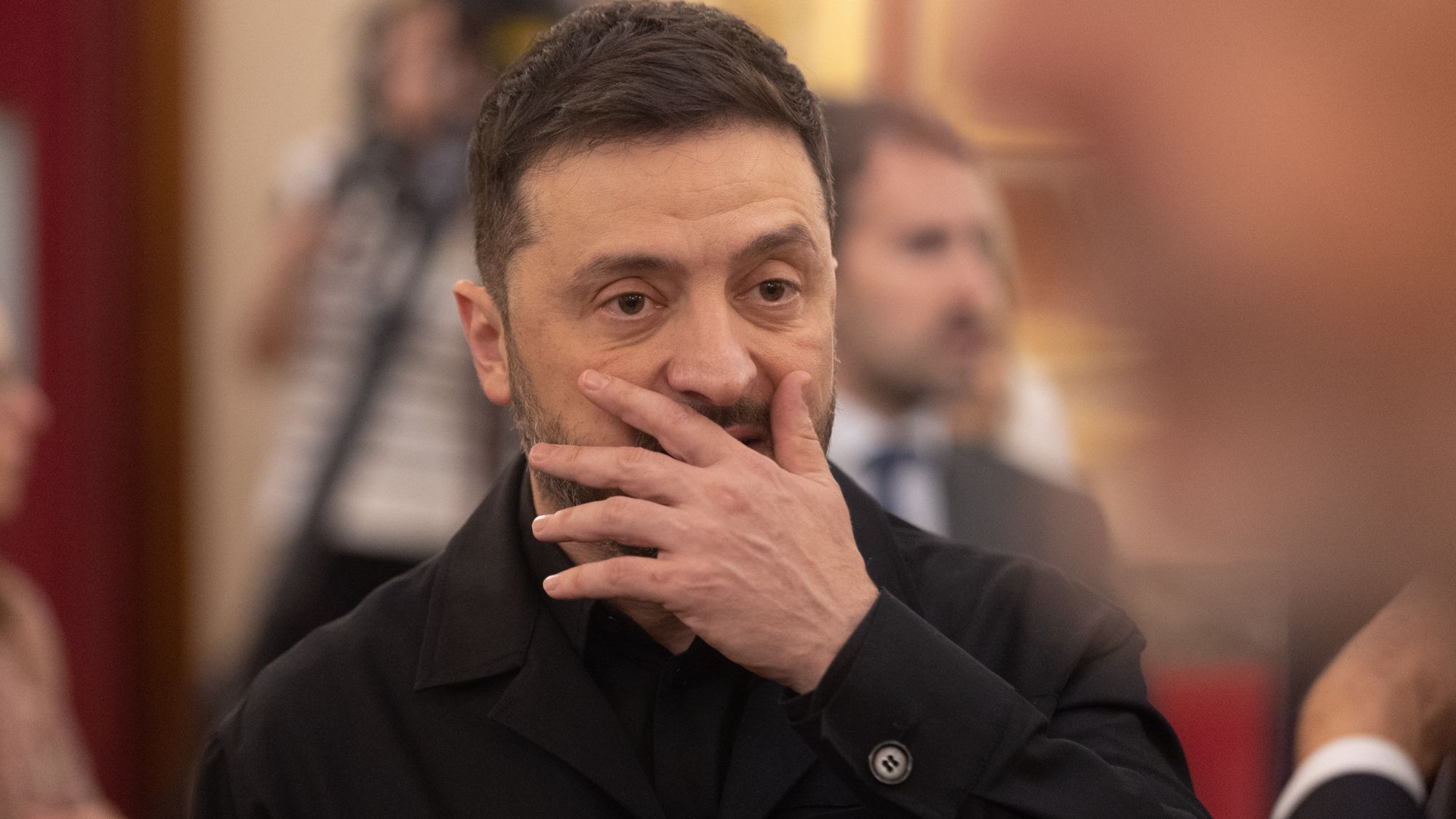 The $100mn scandal undermining Volodymyr Zelenskyy
The $100mn scandal undermining Volodymyr ZelenskyyIn the Spotlight As Russia continues to vent its military aggression on Ukraine, ‘corruption scandals are weakening the domestic front’
-
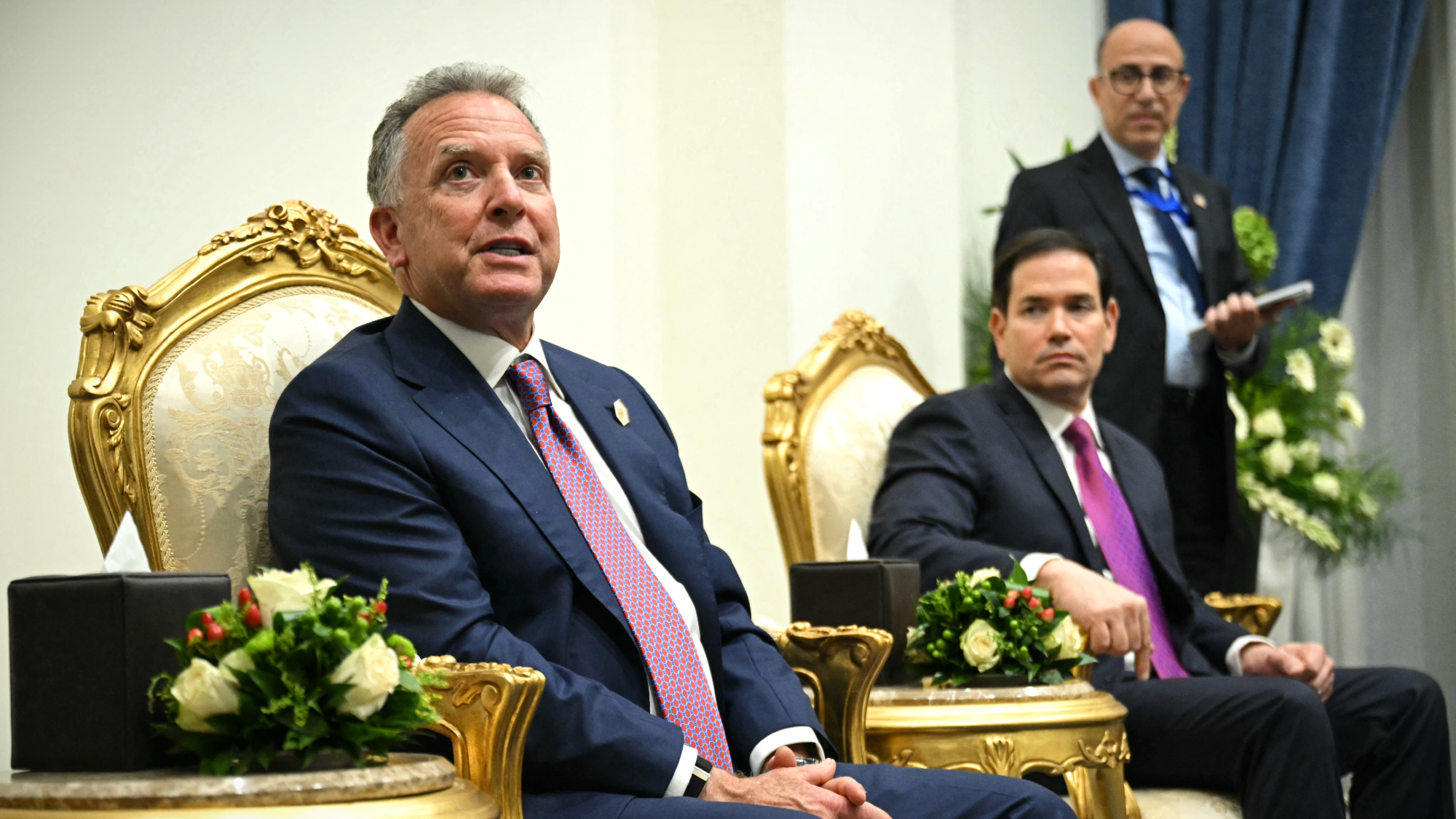 Trump pushes new Ukraine peace plan
Trump pushes new Ukraine peace planSpeed Read It involves a 28-point plan to end the war